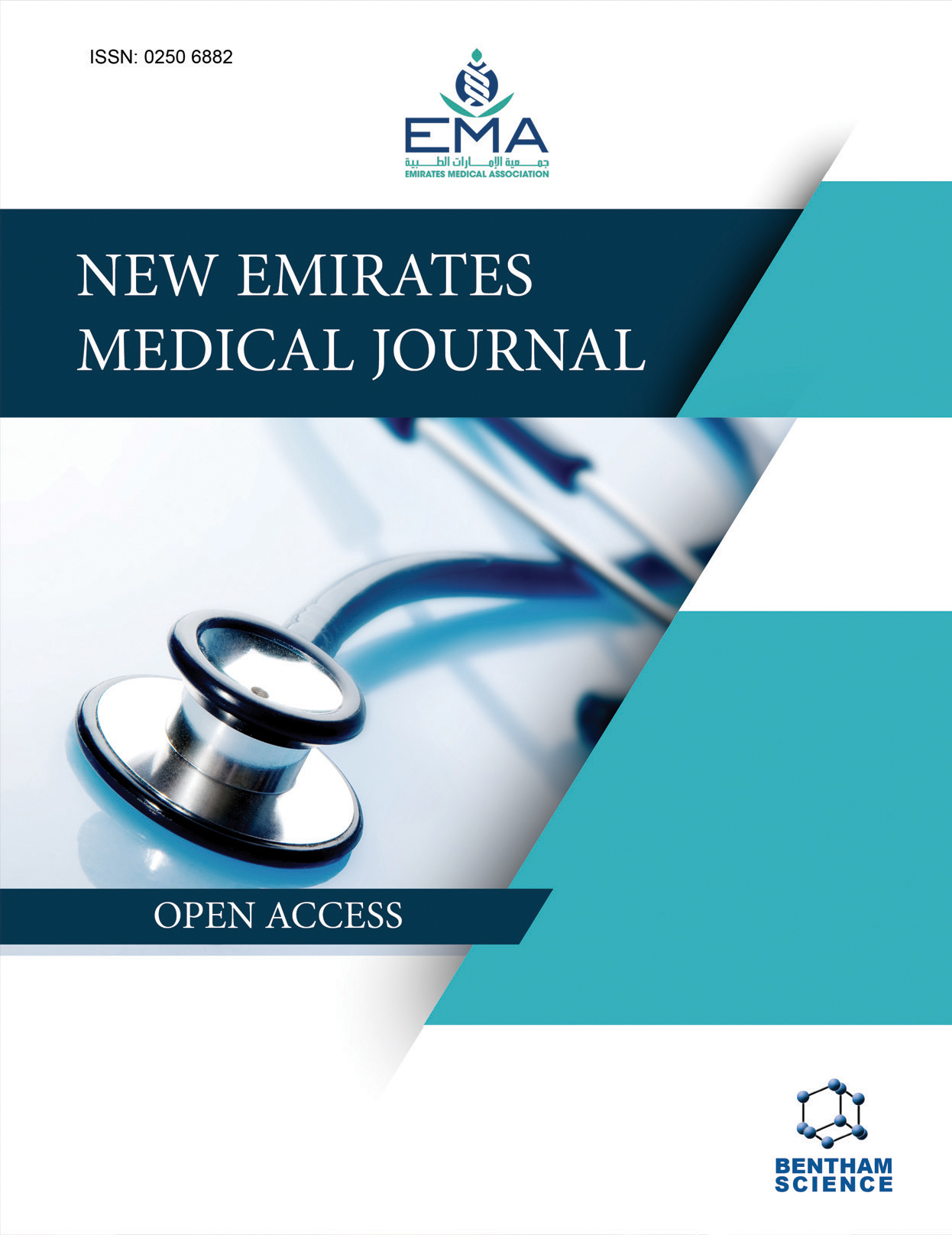-
oa The Differences in the Binding of IgM and IgG Antibodies with Erythrocytes and Epithelial Cells
- Source: New Emirates Medical Journal, Volume 5, Issue 1, Jan 2024, e02506882280860
-
- 28 Sep 2023
- 16 Nov 2023
- 01 Jan 2024
Abstract
The studies of agglutinating and adsorbing abilities of IgM and IgG antibodies towards the red blood cells (RBCs) and tissue cells are scarce.
The study aimed to estimate the differences in the avidity of blood group-specific IgM and IgG antibodies to RBCs and epithelial cells.
The reaction of hemagglutination, adsorption, mixed agglutination reaction and saliva inhibition test were used. Anti-B 2-54 monoclonal antibody, polyclonal citrated plasma and the heated plasma were used for investigation of IgM and IgG antibodies.
IgM antibodies showed high adsorbing ability to RBCs and epithelial cells in an alkaline medium.
On the contrary, the heated plasma containing IgG antibodies showed high adsorbing ability to RBCs and epithelial cells in the acid medium as compared to the alkaline medium. Complete adsorption of IgG antibodies was observed by epithelial cells as compared to erythrocytes.
A mixed agglutination reaction confirmed the strong binding of anti-B IgG antibodies with group B epithelial cells in an acid medium.
The binding of polyclonal IgM and IgG group-specific antibodies with red blood cells and epithelial cells depends on the opposite values of pH of the medium. IgG antibodies completely adsorb on epithelial cells contrary to IgM antibodies.
Blood group-specific IgG antibodies showed high avidity to epithelial cells as compared to red blood cells. IgG antibodies demonstrated high agglutinating ability in alkaline medium and strong adsorbing ability in acid medium contrary to IgM antibodies, demonstrating high adsorption properties in alkaline medium.


